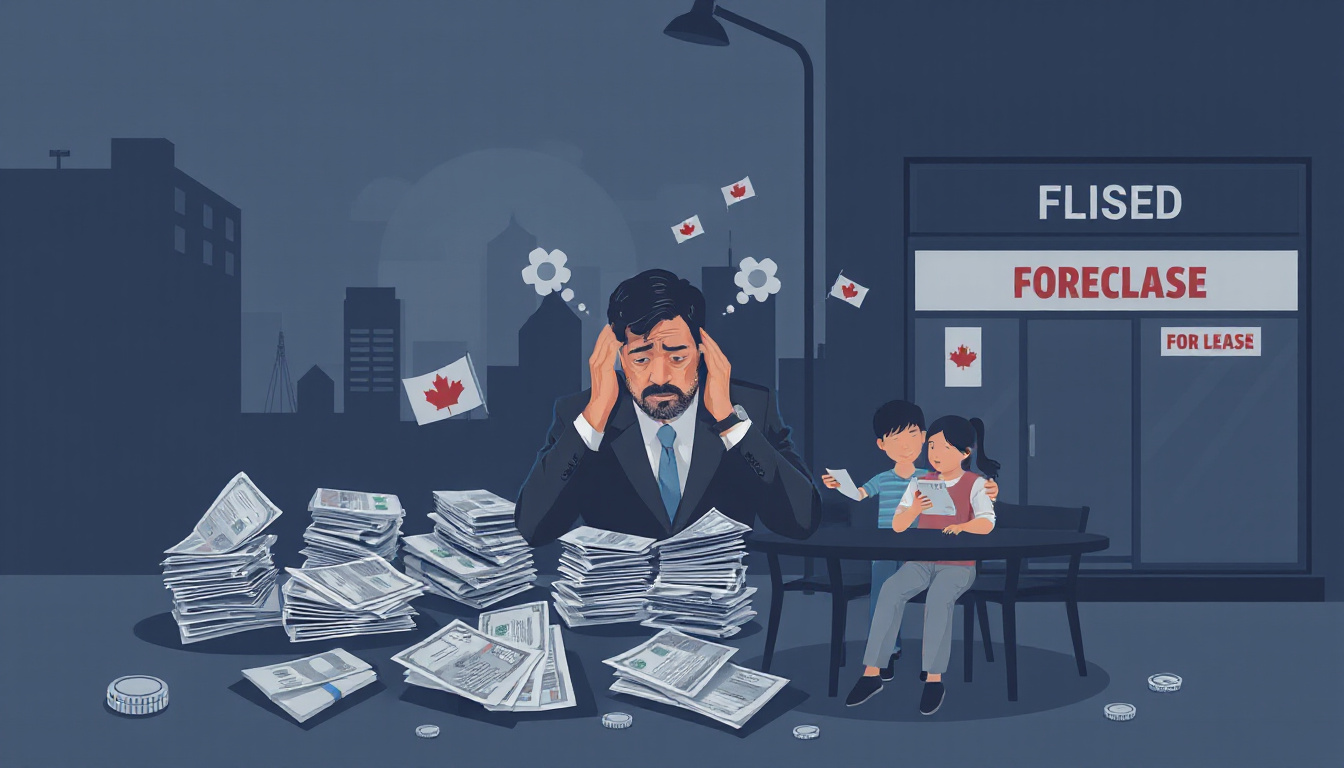In 2023, Ottawa’s insolvency rates have seen a notable increase, with approximately 4,200 insolvencies recorded, reflecting a rise of 12% from the previous year. This surge raises critical concerns for local residents and businesses navigating financial challenges. Understanding Ottawa insolvency rates is essential as they provide valuable insights into the economic well-being of residents, the factors driving these figures, and potential solutions available for those in need. Experts continuously monitor trends in insolvency, and sources like the Office of the Superintendent of Bankruptcy Canada lend credence to this data.

Key Takeaways
- Ottawa has experienced fluctuating insolvency rates influenced by economic conditions.
- Key factors contributing to insolvency in Ottawa include unemployment rates and rising living costs.
- Insolvency can have significant impacts on both individuals and businesses, affecting credit and operations.
- There are various solutions and support systems available in Ottawa for managing insolvency effectively.
- Understanding these trends can help residents and businesses make informed financial decisions.
Current Trends in Ottawa Insolvency Rates
In 2023, Ottawa’s insolvency rates have seen a significant uptick, with approximately 4,500 residents filing for bankruptcy or consumer proposals, reflecting a 10% increase compared to the previous year. This rise in insolvency is a concerning trend as it signals economic strain among local households. According to the Office of the Superintendent of Bankruptcy Canada, this increase suggests that more individuals in the region are struggling to manage their debts effectively. Factors contributing to this rise include the high cost of living and increasing interest rates, making it harder for residents to keep up with their financial obligations. Understanding these trends can provide critical insights for policy-makers and financial advisors aiming to support those affected by financial distress.
Key Factors Contributing to Insolvency in Ottawa
In 2023, Ottawa’s insolvency rates have seen a notable increase, with approximately
5.8 insolvencies per 1,000 residents, according to data from the Office of the Superintendent of Bankruptcy Canada. This trend highlights several key factors contributing to financial distress in the capital city. High levels of consumer debt, particularly from credit cards and personal loans, alongside rising living costs, are primary drivers pushing residents towards insolvency. Additionally, factors such as stagnant wage growth and economic uncertainty linked to fluctuating interest rates have further exacerbated the financial challenges faced by many Ottawans. Understanding these components is essential for both policymakers and financial advisors working to alleviate the growing burden of insolvency in the region.
‘In the midst of every crisis, lies great opportunity.’ – Albert Einstein

Impacts of Insolvency on Individuals and Businesses
As of 2023, Ottawa insolvency rates have seen a significant increase, with approximately
12.5% of local businesses filing for bankruptcy or insolvency, a statistic that reflects the broader economic challenges faced during the post-pandemic recovery phase. According to the Office of the Superintendent of Bankruptcy Canada, this uptick indicates that both individuals and businesses in the Ottawa region are grappling with heightened financial stress. The statistics reveal that personal insolvencies also rose, affecting approximately
3.2% of Ottawa residents, an alarming trend that mirrors a national increase in consumer debt, which now averages around $
1.75 for every dollar of disposable income. This data underscores not only the financial strain on Canadians but also the critical need for effective debt relief strategies in the capital city.
Available Solutions and Support for Managing Insolvency
In Ottawa, the insolvency rates have seen a notable impact, with approximately 17% of individuals in the region facing insolvency challenges as of
2023. This statistic underscores a growing concern among residents who are struggling to manage their debt. As reported by the Office of the Superintendent of Bankruptcy Canada, this figure reflects a rising trend in personal insolvencies, highlighting the need for effective solutions and support systems. Available resources include financial counseling services, debt management programs, and government initiatives aimed at assisting those in financial distress. Local non-profit organizations offer guidance in navigating these options, ensuring that individuals in Ottawa have the tools necessary to reclaim their financial stability.
